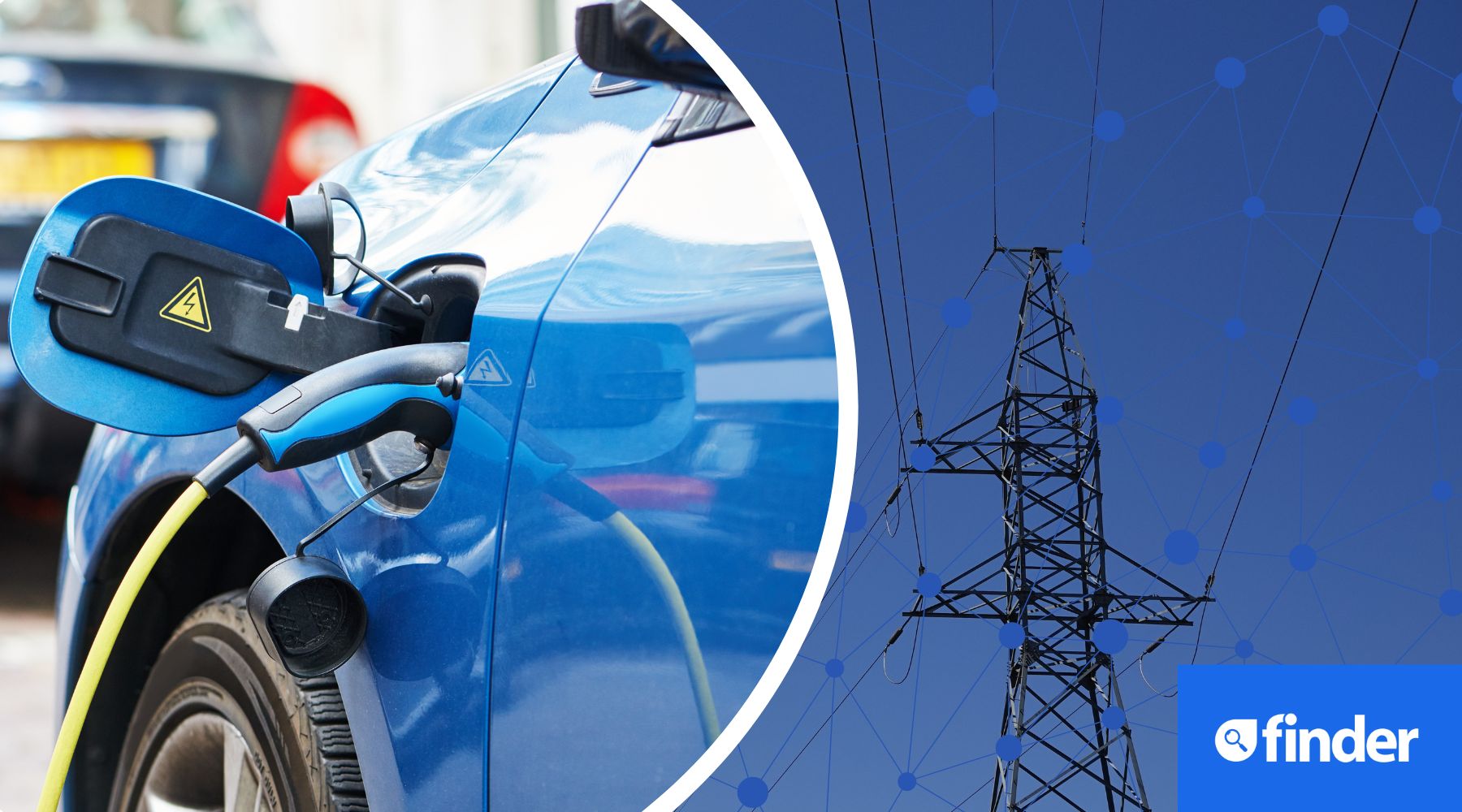Crash: Why 1 in 4 Aussies switching to electric vehicles could cause blackouts

More than 1 in 4 consumers are looking to purchase an electric vehicle (EV) as their next car, adding to the pressures on Australia's energy grid, experts reveal.
During the Energy Next conference held in Sydney, I-Charge Solution’s managing director Rosemary Tan highlighted the enormous challenge Australians face as we switch to EVs at the “EV Charging Infrastructure: Where we are and what’s to come” panel.
According to the EV expert, the sheer amount of energy required to power these cars could see the amount of energy needed rise by 20% to 30% in the next 3 to 7 years.
And this is happening at a time when the price of electricity is going up.
"It is putting enormous pressure on the power grid and electricity costs," Tan explains.
Tan warns this can lead to blackouts if Australia doesn’t get its energy mix right.
“The peak hours on the grid are 6 to 12 every single night. If everyone comes home and plugs [their EV in], there’s going to be blackouts and there have been blackouts in other cities before,” Tan continues.
“So you need to implement different strategies that will be able to manage the load, not just share it equally.”
Tan recommends using smart queuing and time shift technologies - which will see cars charge during off peak times - to ensure those who need power can get it, without the lights going out.
Demand set to soar as supply struggles to keep up
While Australia has some supply issues to overcome, it will happen at the same time as demand for power soars.
According to Fifth Quadrant's Account Director Amelia McVeigh, Australia EV adoption is set to explode.
The researcher says a recent uptick by consumers buying EVs will see Australia hit just shy of 25% EV adoption by 2027.
"It is going to come down to consumers buying EVs. There are heaps of new [EV] models on the road. There's 40 plus today and there's likely to be another 20 later this year," McVeigh said during the Energy Next conference.
"These brands are bringing more affordable models and it is now really hard to drive 5km in a metro area without seeing a charging station, so the infrastructure is improving."
Although when it comes to Australia's adaptability, this is coming from a low standard.
In 2022, less than 4% of Australian cars that were sold were EVs. This is compared to 14% of new car sales around the world which are EVs.
McVeigh pointed out in the first half of 2023, Australia's EV sales have lifted to 8%, which while strong for us, still lags behind the rest of the world.
What governments need to do to get EV ready
When it comes to avoiding the issues that countries have faced overseas with power management, experts say Australia needs strong policy settings as well as educating consumers.
According to Tran, the main issues will be around initiatives to help with load management, which is the active control of how energy is used.
“I would recommend the government offer incentives to brownfield buildings, greenfield developments and even private property owners to get themselves EV ready and load management ready,” she says.
Meanwhile Schneider Electric’s general manager - new energy landscape, Tim Pratt, points to “myth busting” when it comes to EVs.
He says that the average Australian drives just 38kms, meaning consumers will potentially need to charge their cars just once every 5 days, despite some of the anxiety consumers feel about being stranded with their EV.
Pratt says that Australia needs to go to a national policy and framework that equals the current petrol pumping stations, while he explains the importance of educating consumers.
“We need to make sure the quality of charging infrastructure to the point of availability that is being put in the market is to the standard that we can expect to be able to turn up and use the pump,” Pratt says.
“Now that does come at a cost, but if you’re going to spend $80,000, $100,000 on a car, Why would you plug in a $600 charger that has the potential [to harm] your vehicle?
“So really there has to be some education and this is critical infrastructure,” he concludes.
If you're looking to reduce your carbon footprint, you could consider switching to a green energy providers.
Ask a question
